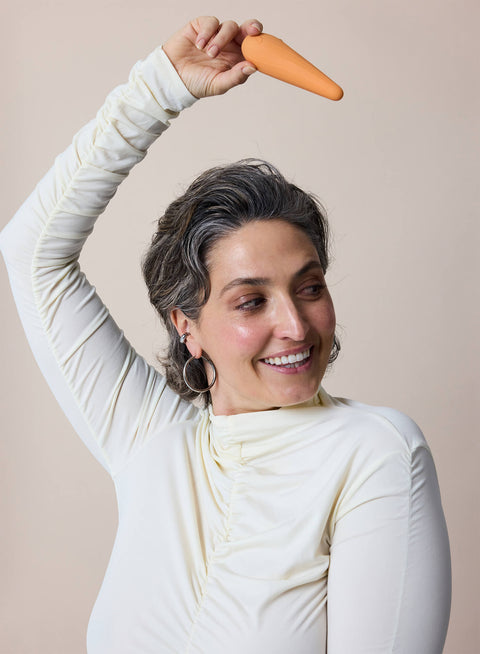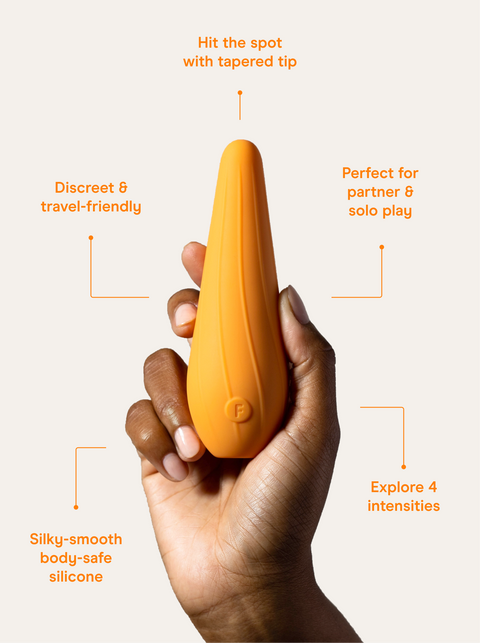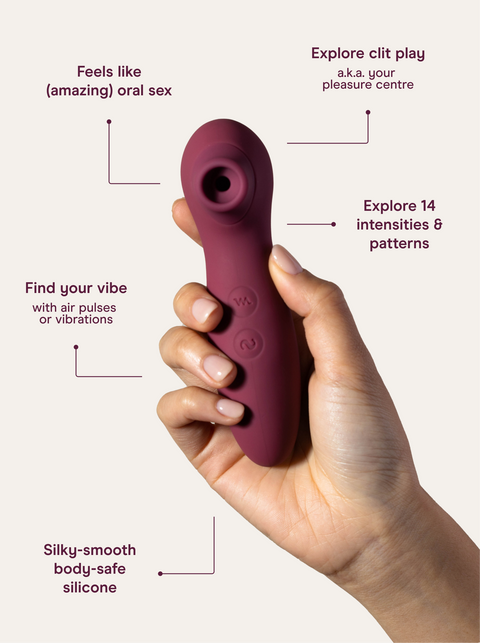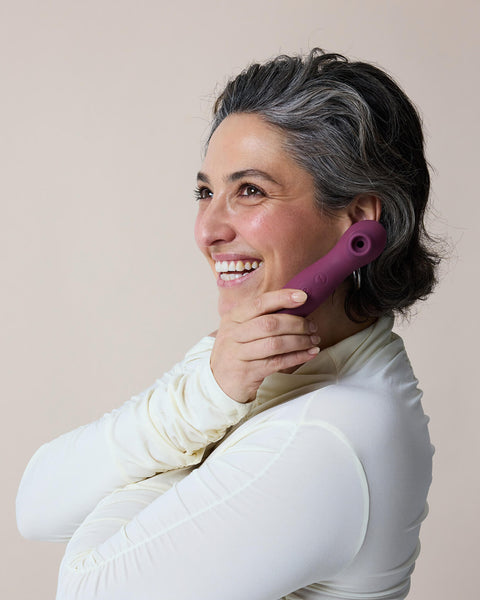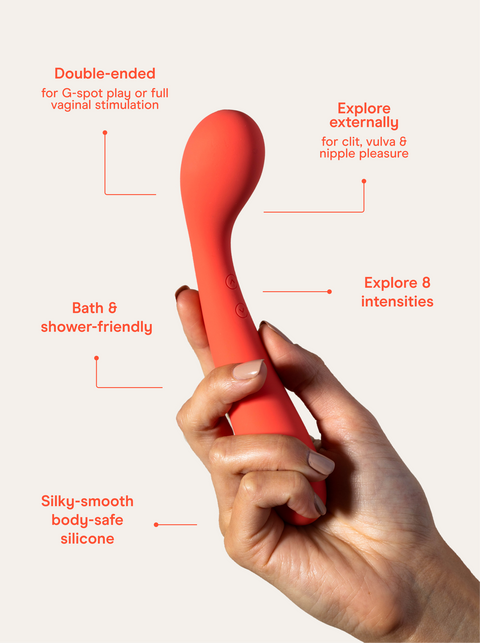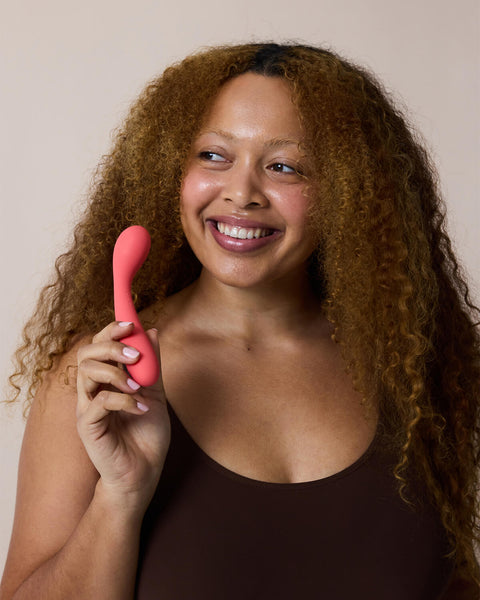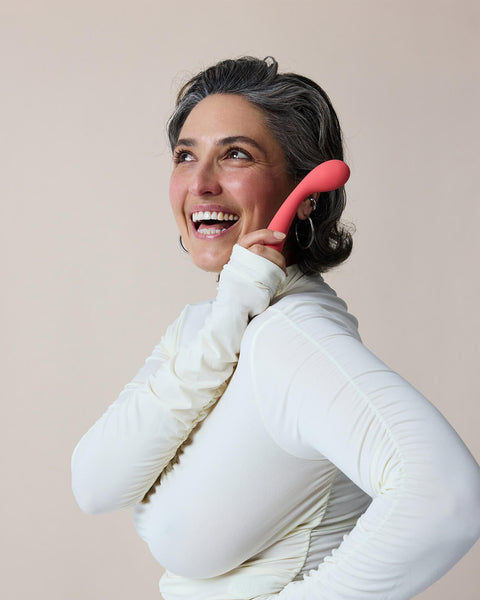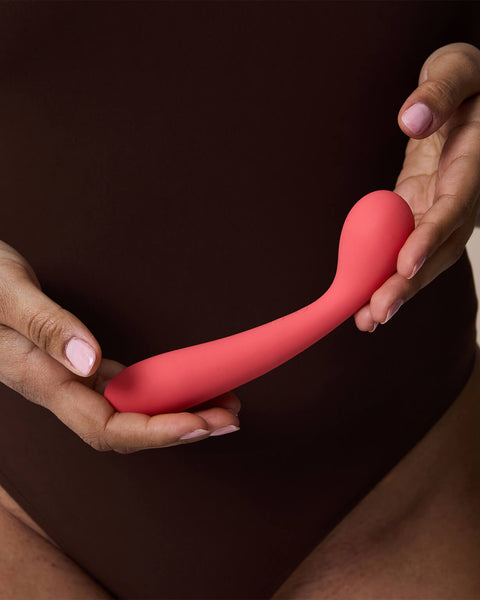Sexology in the 1800s
Johann Bachofen’s version of human history read a little different to most.
In 1861, he published his theory of cultural evolution in Das Mutterrecht, or ‘Mother Right’.
He outlined the way in which he believed human beings evolved: from a nomadic, polyamorous, proto-Communist society who worshipped an early form of the deity Aphrodite.
Bachofen believed that in this early society, promiscuity was so common that it was almost impossible to know the identity of a child’s father.
Only their mother’s identity could be certain, and because of this society in the past was a strictly matriarchal one in which women were highly regarded while men were relatively dispensable.
Later research has proved Bachofen’s theories incorrect, but they are still regarded as remarkable because they turned the image of the nuclear family on its head.
Prior to Das Mutterrecht, men had always been seen as the head of the household. It took Johann Bachofen, and a slightly off-the-wall theory about human evolution, to shake up that idea and suggest that women could also hold the position of power within a family, and within a relationship1.
Bachofen was one of many early writers and thinkers who focused on human sexuality. While his work was primarily theory, it opened the doors for the first researchers to tackle the topic of how we relate to each other in love, in lust, and in the bedroom.
Things progressed in the 1900s
Many of us now might imagine sexuality research as something that’s under-funded and under-represented within academia, but this wasn’t always the case.
In 1921, the National Research Council in the US identified a lack of knowledge about human sexuality and spent approximately $1.5 million funding research into the topic between 1922 and 19472.
While that might not seem like a lot now, it was at the time—with inflation, it would be worth about $17 million today.
Among the research funded by these grants was that of Alfred Kinsey, the pioneering professor and sexologist whose research into human sexual behaviour still informs so much of what we know about sexuality today.
Prior to Kinsey, the few studies that had been undertaken on human sexuality were either unnecessarily judgemental of practises and beliefs or studied only small numbers of participants3.
Previous researchers and theorists within sexuality had interviewed individuals about their sexual behaviour and asked them why, but not a lot of focus had been placed on how common various behaviours were in the general population.
Havelock Ellis, for example, co-authored the first medical textbook about homosexuality in 1897 but his focus was on why people had same-gender experiences and not how many people had those experiences, how frequent they were, and with whom.
Likewise, Sigmund Freud was (potentially) correct in theorising that clitoral and vaginal orgasms were two different occurrences, but he didn’t spend a lot of time investigating how many women have one over the other.
He did, however, comment that he felt adult women should be having vaginal orgasms only, as clitoral orgasms were an adolescent phenomenon4.
Kinsey became a vocal critic of Freud.
He suggested that not only did the vagina not contain enough nerve endings to produce an orgasm, but that Freud was projecting male ideas of sexuality onto women by saying that women should only be able to orgasm by penetration—penetration that was assumed to take place with a penis4.
In response to the lack of data available about human sexuality, Alfred Kinsey set out to create his own.
His books Sexual Behaviour in the Human Male and Sexual Behaviour in the Human Female were best-sellers and continue to influence sexuality research today.
In preparing the books, also known as the Kinsey reports, he conducted interviews with around 8,000 people about their sex lives 3 although his methods were—in some cases—unusual.
Kinsey was rumoured to have watched people have sex as part of his research, and even filmed some sexual acts at his home.
He was also criticised for over-representing some parts of the population in his research.
Sex workers and prisoners, for example, featured heavily in Kinsey’s studies but made up a comparatively small part of the American population.
This may have been due to a self-selection bias, in which people who feel a study is more relevant to their personal interests are more likely to volunteer for it, but it skewed the results nonetheless.
Kinsey’s research suggested that 10% of the American population was primarily homosexual4, but later polls have only 4.5% percent of the population self-identifying as a member of the LGBT+ community.
While Kinsey’s research was inarguably valuable, it attracted controversy due to his methods and the participants he studied.
Funding began to decrease in the mid 1900s
Funding of sexuality research began to fall after the 1950s2 as a result, although William Masters and Virginia Johnson continued research into sexuality throughout the 1960s and 1970s, focusing primarily on the psychology of sexuality.
Well-known for their best-seller books Human Sexual Response and Human Sexual Inadequacy, Masters and Johnson are also known for their model of human sexual response which divides arousal into four stages: excitement, plateau, orgasm, and resolution.
Their research into arousal also discovered that human beings have a refractory period after orgasm in which they can’t climax again for a short time.
They found male refractory periods are longer than the female refractory period, which led to their discovery that women can be multi-orgasmic.
But like Kinsey, Masters and Johnson weren’t without controversy: as late as 1977, the Masters and Johnson Institute ran a conversion program that aimed to turn gay people straight.
The program, and a later book published detailing its findings, was widely criticized and condemned.
Although much of what we understand now about human sexuality stems from the way it has been scientifically researched in the past, there are still plenty of unanswered questions and uncovered topics.
Many researchers primarily focused on heterosexual people and couples, treating same-gender couples as exceptions to the norm.
Trans, intersex, and gender non-binary people are vastly under-represented in research, and again, often treated as unusual curiosities when they are present.
There are heaps of things we’d love to see researched more, particularly with a focus on diversity in participants.
The Social Science Research Council has put together a large list of areas within sexology that they believe require more research: such as, how does age impact the quality of sex? Does stress impact our enjoyment of sex? What responsibility does the media have in talking about sexual health and showing diverse sexual relationships? How does gender impact the way we form relationships—and end them?
What about you—if you were researching human sexuality, what would be your focus?
Some further reading ideas if you, like us, are interested in the history of sexuality research:
- Bonk: The Curious Coupling of Science and Sex by Mary Roach
- Science in the Bedroom: A History of Sex Research by Vern L. Bullough
- Revolting Prostitutes by Juno Mac and Molly Smith
- A Curious History of Sex by Kate Lister
To learn more about the foundations of great sex with acclaimed sex coach Georgia Grace, check out NORMAL's video masterclass, The Modern Guide To Sex.
References
- Durkheim, Émile. 2008. The elementary forms of religious life, editor Mark S. Cladis, translator Carol Cosman. OUP Oxford: Oxford, UK.
- Di Mauro, Diane. 2000. ‘Trends and directions in sexuality research at the start of the twenty-first century’, Insights from the Social Sciences, accessed 19 December 2020, <https://items.ssrc.org/from-our-archives/trends-and-directions-in-sexuality-research-at-the-start-of-the-twenty-first-century/>.
- Clay, Rebecca A. 2015. ‘Sex research at the Kinsey Institute’, American Psychological Association, vol. 46, no. 9, October. Accessed 19 December 2020, <https://www.apa.org/monitor/2015/10/research-kinsey>.
- Irvine, Janice M. 2005. Disorders of desire: sexuality and gender in modern American sexology. Temple University Press, Penn., United States.




